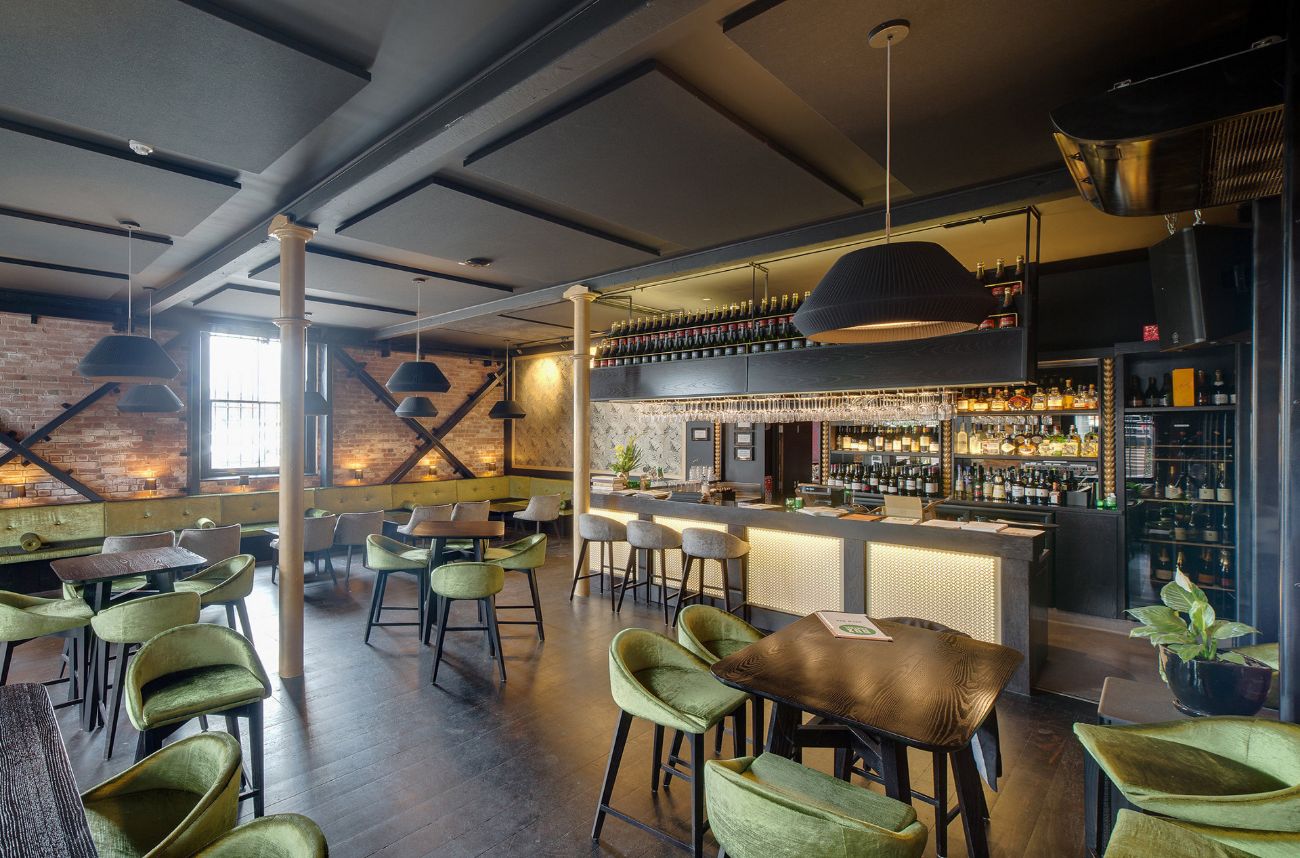ARTICLE: Does this Noise Make my Butt Look Big?
Noisy restaurants and cafes are not only annoying, they may also be affecting your waist-line.
Laboratory research and field studies have found that people drink and eat more when exposed to loud noises (and yes, the average café and restaurant is loud!).
Some of the research in this field shows:
· People eat more as the ambient noise level increases.
· Participants in a number of studies drank more and faster as music volume was turned up. (Both for alcohol and soft-drinks)
· A growing body of laboratory-based research demonstrates that loud background noise can affect the ability to taste food
· When music is played at higher volume (around 70dB) patrons at a restaurant are less likely to order healthy foods (a 20% increase in unhealthy food orders).
· In Sweden they have found that for every 10 dB increase in road traffic noise levels, there is a corresponding increase in waist size. Even more dramatically, they reported that a after tracking more than 5,000 people for ten years, the waistlines of those most exposed to plane noise increased on average by 6 cm.
Why?
One theory is that loud sounds lead our bodies to produce stress hormones such as adrenaline and cortisol in preparation for fight or flight (a hangover from our cave-man days). One of the chemicals from this cocktail, cortisol, is a hormone that encourages pounds around the middle. This is the so-called visceral fat that also pushes up heart attack risk.
Humans are not the only species to show noise-induced behaviour; laboratory mice also eat and drink more as the background noise increases, observed even when they already had a full stomach. Kupferman, who conducted his study in 1964, states that the increased food consumption may be explained in terms of a response to stress. The thought is that food acts as a distraction to keep animals from focusing on the stress caused by the noise.
It’s obvious why restaurants and cafes would crank up the music (and fail to treat Reverberation issues) as more food and drink consumed is great news for cashflow.
,“….the Hard Rock Café had the practice down to a science, ever since its founders realised that by playing loud, fast music, patrons talked less, consumed more and left quickly. (Spence)
However, many surveys have found that excessive noise is the top complaint diners have, ahead of service, crowds, or even food issues.
When it comes to noise in restaurants, it’s a matter of finding the balance. While too much noise is intimidating, stressful and inhospitable; too little can be stifling. Patrons are equally uncomfortable whether they have to shout to be heard or are required to self-consciously speak in hushed tones. With just the right noise level, a group of diners can be enveloped by their own covering of privacy, allowing animated conversation to flow within that discreet container. Too much noise, on the other hand, aggressively invades the space and interferes with the guests’ ability to engage with one another. It’s annoying, stressful, and inhospitable.
Sources:
Burne J: Is the noise of modern life making you ill? it can trigger heart disease, blood pressure and weight gain – even when you are asleep. 2014, DailyMail Online,
Kupfermann I: Eating behaviour induced by sounds. Nature. 1964
McCarron A, Tierney KJ: The effect of auditory stimulation on the consumption of soft drinks. Appetite. 1989,
Spence, Charles: Noise and its impact on the perception of food and drink, 2014
